 Hey everyone, let’s dive into Senua’s Saga: Hellblade II. I’m excited about what Ninja Theory and Xbox Game Studios have created. This sequel doubles down on immersive storytelling, taking us through Viking Iceland where Senua battles inner demons and brutal foes. Many user reviews praise the visuals and sound as a cinematic experience, though some say it sometimes feels like an interactive walking simulator. I loved the epic landscapes and exploration, though players craving nonstop action might find the pace slow.
Hey everyone, let’s dive into Senua’s Saga: Hellblade II. I’m excited about what Ninja Theory and Xbox Game Studios have created. This sequel doubles down on immersive storytelling, taking us through Viking Iceland where Senua battles inner demons and brutal foes. Many user reviews praise the visuals and sound as a cinematic experience, though some say it sometimes feels like an interactive walking simulator. I loved the epic landscapes and exploration, though players craving nonstop action might find the pace slow.
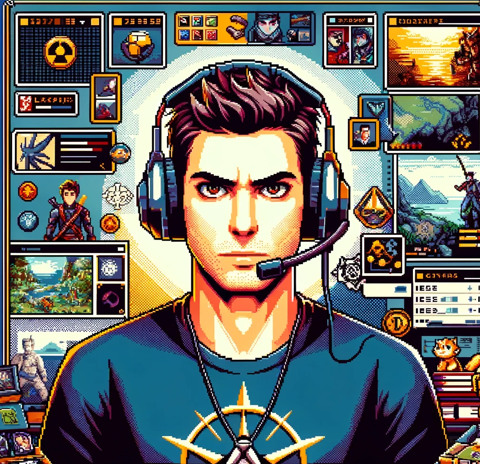 Absolutely, NewGamer. I took my time and inspected every nook and cranny the game offers. Ninja Theory shows its commitment to detail—every rock in the 10th-century Icelandic landscapes tells a story. Sometimes, the gameplay feels rudimentary, with puzzles and minimal combat, as one review noted. Yet these gaps create opportunities for completionists to hunt for hidden lore and collectibles that expand Senua’s universe. I was impressed by how these elements deepen the narrative for players who invest extra hours.
Absolutely, NewGamer. I took my time and inspected every nook and cranny the game offers. Ninja Theory shows its commitment to detail—every rock in the 10th-century Icelandic landscapes tells a story. Sometimes, the gameplay feels rudimentary, with puzzles and minimal combat, as one review noted. Yet these gaps create opportunities for completionists to hunt for hidden lore and collectibles that expand Senua’s universe. I was impressed by how these elements deepen the narrative for players who invest extra hours.
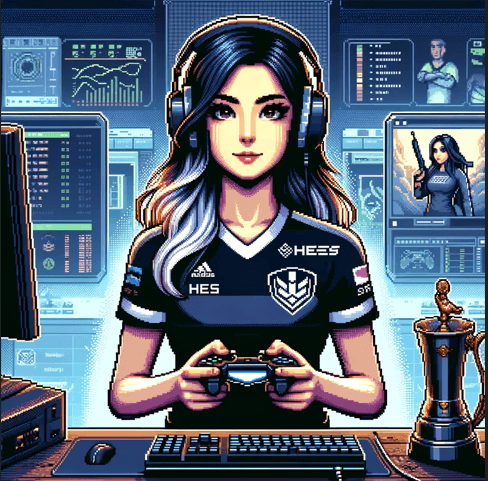 I see your points. From a competitive standpoint, I found the combat intriguing, even if it plays a supporting role to the narrative. Senua’s fights may lack complex mechanics, but each encounter feels like a choreographed dance that evokes raw emotion and vulnerability. I compare this approach to the earlier Hellblade, where narrative and visuals take center stage. Fans who appreciate layered storytelling over hyper-competitive mechanics will resonate with this style.
I see your points. From a competitive standpoint, I found the combat intriguing, even if it plays a supporting role to the narrative. Senua’s fights may lack complex mechanics, but each encounter feels like a choreographed dance that evokes raw emotion and vulnerability. I compare this approach to the earlier Hellblade, where narrative and visuals take center stage. Fans who appreciate layered storytelling over hyper-competitive mechanics will resonate with this style.
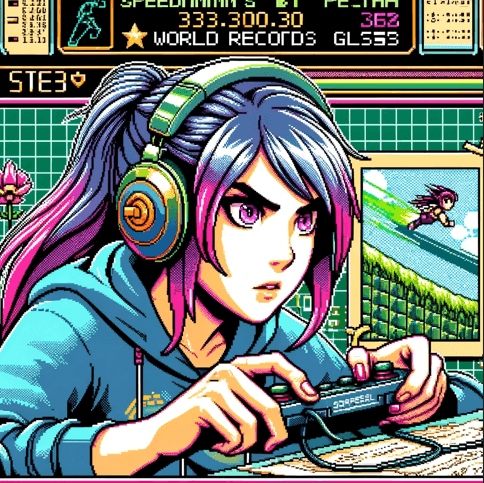 While I usually focus on shaving seconds off my run times, Senua’s Saga: Hellblade II makes me rethink pacing. The journey through Viking Iceland requires optimizing your route to enjoy the visual spectacle and build tension before boss fights. The pacing forces you to consider your approach instead of rushing through. For speedrunners aiming for record times, the longer cinematic sequences can be both a blessing and a curse.
While I usually focus on shaving seconds off my run times, Senua’s Saga: Hellblade II makes me rethink pacing. The journey through Viking Iceland requires optimizing your route to enjoy the visual spectacle and build tension before boss fights. The pacing forces you to consider your approach instead of rushing through. For speedrunners aiming for record times, the longer cinematic sequences can be both a blessing and a curse.
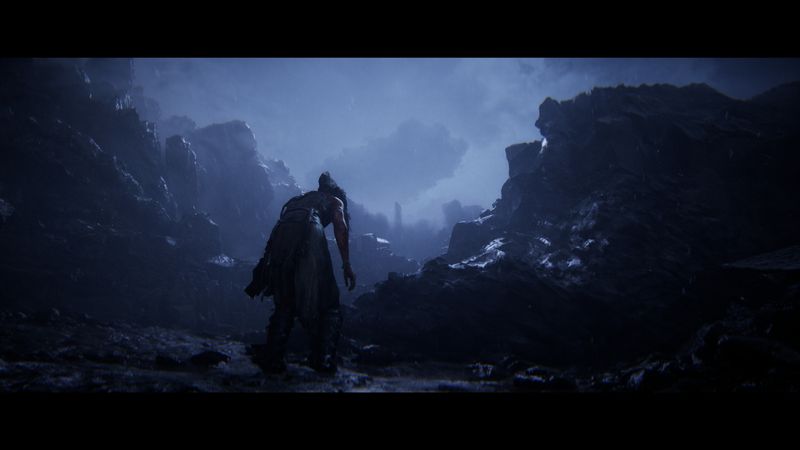
 Let’s explore the gameplay mechanics. Ninja Theory introduces unique controls that balance narrative immersion with interactive combat. I appreciated the environmental interactivity that lets you use objects to solve puzzles, even if they aren’t overly complex. It reminds me of narrative-heavy titles like the first Hellblade, but with a fresh Viking twist.
Let’s explore the gameplay mechanics. Ninja Theory introduces unique controls that balance narrative immersion with interactive combat. I appreciated the environmental interactivity that lets you use objects to solve puzzles, even if they aren’t overly complex. It reminds me of narrative-heavy titles like the first Hellblade, but with a fresh Viking twist.
 The mechanics feel deliberately minimalistic. This approach gives you the freedom to explore extra content, discover environmental secrets, and test different combat stances. Players expecting a deeper combat system might see these simplified mechanics as missed opportunities. Still, each collectible and lore tidbit enriches the gameplay, adding layers of metaphorical and real challenges.
The mechanics feel deliberately minimalistic. This approach gives you the freedom to explore extra content, discover environmental secrets, and test different combat stances. Players expecting a deeper combat system might see these simplified mechanics as missed opportunities. Still, each collectible and lore tidbit enriches the gameplay, adding layers of metaphorical and real challenges.
 Speaking of challenges, the combat may not match the depth of modern competitive titles, but it rewards strategy. Some fights require careful timing, mirroring the intensity of Senua’s psychological battles in her physical confrontations. The game avoids traditional combo setups and focuses on the emotional weight behind each clash. This approach feels more like an interactive narrative puzzle than a pure action game.
Speaking of challenges, the combat may not match the depth of modern competitive titles, but it rewards strategy. Some fights require careful timing, mirroring the intensity of Senua’s psychological battles in her physical confrontations. The game avoids traditional combo setups and focuses on the emotional weight behind each clash. This approach feels more like an interactive narrative puzzle than a pure action game.
 The pacing may not satisfy speedrunners at first, but the structure is clever. The flow forces you to take calculated detours to uncover hidden elements. If you plan to optimize a run, you must master when to sprint and when to pause for exploration. I’m already thinking about shaving off a minute or two without skipping key moments that define the experience.
The pacing may not satisfy speedrunners at first, but the structure is clever. The flow forces you to take calculated detours to uncover hidden elements. If you plan to optimize a run, you must master when to sprint and when to pause for exploration. I’m already thinking about shaving off a minute or two without skipping key moments that define the experience.
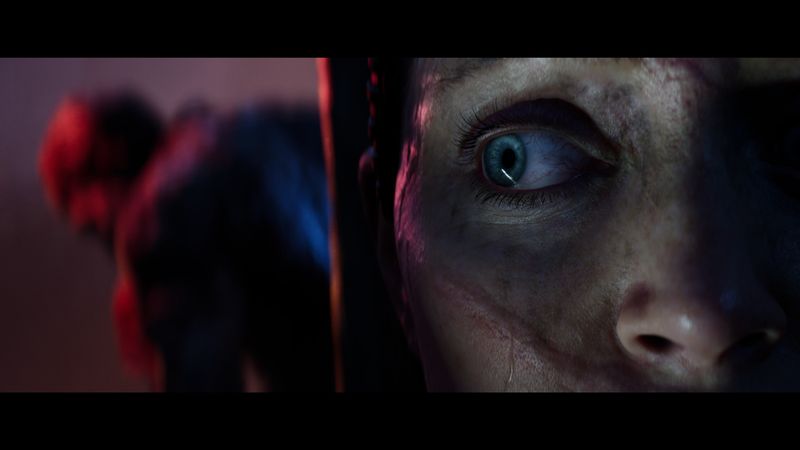
 Now, let’s discuss the narrative. The story hooks you from the start with Senua’s struggle between ancient myth and internal torment. The developers weave emotional storytelling with real historical context and Senua’s unique perspective as she battles psychosis. This blend of myth and mental health feels refreshingly nuanced. Interviews with Ninja Theory reveal their intent to move beyond a simple good-versus-evil plot and highlight our inner battles.
Now, let’s discuss the narrative. The story hooks you from the start with Senua’s struggle between ancient myth and internal torment. The developers weave emotional storytelling with real historical context and Senua’s unique perspective as she battles psychosis. This blend of myth and mental health feels refreshingly nuanced. Interviews with Ninja Theory reveal their intent to move beyond a simple good-versus-evil plot and highlight our inner battles.
 I love the deep narrative. Dialogue and lore scatter through environmental cues, side notes, and hidden texts that reward thorough examination. Some reviewers say Senua’s arc feels repetitive at times, but I see her journey as reliving internal battles rather than learning something new. This introspective narrative fits perfectly with the art direction and pacing.
I love the deep narrative. Dialogue and lore scatter through environmental cues, side notes, and hidden texts that reward thorough examination. Some reviewers say Senua’s arc feels repetitive at times, but I see her journey as reliving internal battles rather than learning something new. This introspective narrative fits perfectly with the art direction and pacing.
 Let’s talk visuals—this game is a feast for the eyes. Using Unreal Engine 5, Ninja Theory renders detailed rock formations, dynamic lighting, and atmospheric environments that set the mood for Viking Iceland. The art direction blends historical authenticity with cinematic flair, creating a tangible sense of isolation and grandeur. Across platforms, performance remains optimized to highlight these stunning elements without bogging down gameplay.
Let’s talk visuals—this game is a feast for the eyes. Using Unreal Engine 5, Ninja Theory renders detailed rock formations, dynamic lighting, and atmospheric environments that set the mood for Viking Iceland. The art direction blends historical authenticity with cinematic flair, creating a tangible sense of isolation and grandeur. Across platforms, performance remains optimized to highlight these stunning elements without bogging down gameplay.
 Absolutely. The crisp graphics not only look gorgeous but also provide subtle visual cues for exploration and speedrunning routes. The interplay of light and shadow often signals a shortcut or hidden path. For efficient players, every scenery change can lead to a better run if you know where to look.
Absolutely. The crisp graphics not only look gorgeous but also provide subtle visual cues for exploration and speedrunning routes. The interplay of light and shadow often signals a shortcut or hidden path. For efficient players, every scenery change can lead to a better run if you know where to look.
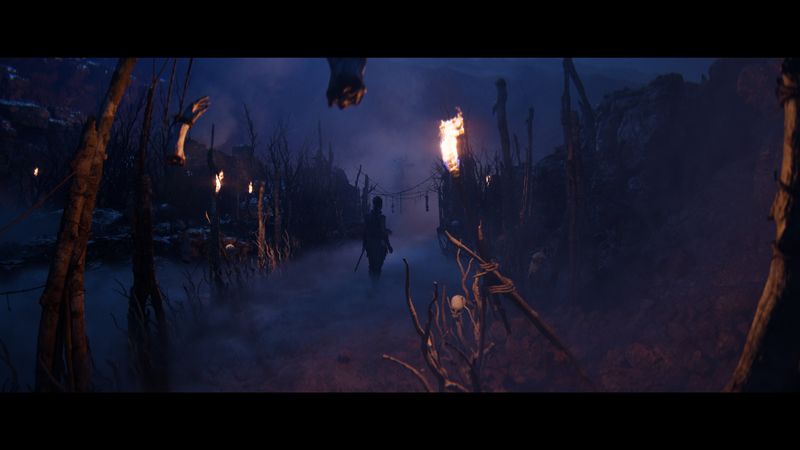
 Now consider the audio and sound design. The soundtrack is bold, rich, ambient, and sometimes haunting. Each track underscores the solitude of icy landscapes and the tension in combat. Sound effects—from clashing weapons to Senua’s whispered internal dialogues—enhance immersion.
Now consider the audio and sound design. The soundtrack is bold, rich, ambient, and sometimes haunting. Each track underscores the solitude of icy landscapes and the tension in combat. Sound effects—from clashing weapons to Senua’s whispered internal dialogues—enhance immersion.
 I agree wholeheartedly. The audio is meticulously designed. Every note and environmental sound builds the game’s somber mood. The voice acting in introspective moments adds depth to Senua’s character, offering insight into her inner fears and strength. This element makes the journey both massive and deeply personal.
I agree wholeheartedly. The audio is meticulously designed. Every note and environmental sound builds the game’s somber mood. The voice acting in introspective moments adds depth to Senua’s character, offering insight into her inner fears and strength. This element makes the journey both massive and deeply personal.
 For hardcore gamers like me, the sound design also plays into strategic gameplay. Knowing when a low rumble precedes an enemy encounter or that a certain musical cue signals a puzzle segment can be incredibly useful. The audio isn’t just atmospheric—it’s functional.
For hardcore gamers like me, the sound design also plays into strategic gameplay. Knowing when a low rumble precedes an enemy encounter or that a certain musical cue signals a puzzle segment can be incredibly useful. The audio isn’t just atmospheric—it’s functional.
 And from a speedrunning viewpoint, those auditory cues are essential for timing your moves or recognizing when it’s safe to pass through an area quickly. The integration of sound with gameplay mechanics definitely adds a sophisticated layer that I can learn to exploit.
And from a speedrunning viewpoint, those auditory cues are essential for timing your moves or recognizing when it’s safe to pass through an area quickly. The integration of sound with gameplay mechanics definitely adds a sophisticated layer that I can learn to exploit.
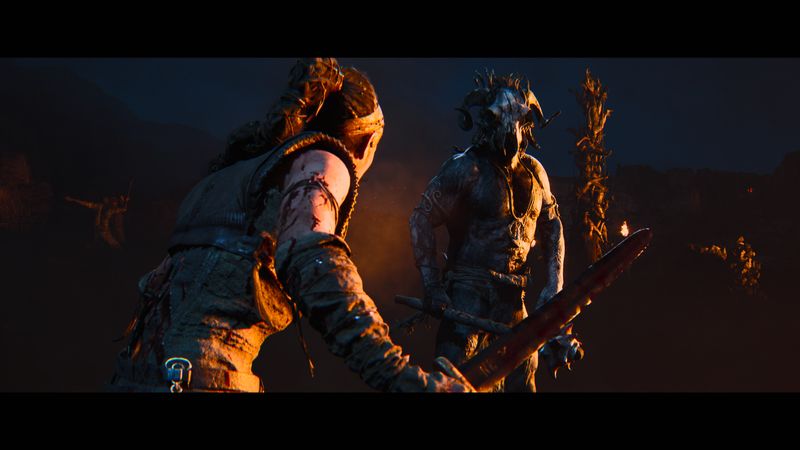
 Let’s not forget character development and how Senua herself is portrayed. The game deepens her backstory—a Celtic warrior navigating a brutal world while battling her inner demons. It’s not just a tale of survival but a poignant exploration of identity and mental health, which resonates well with players who appreciate layered, complex characters.
Let’s not forget character development and how Senua herself is portrayed. The game deepens her backstory—a Celtic warrior navigating a brutal world while battling her inner demons. It’s not just a tale of survival but a poignant exploration of identity and mental health, which resonates well with players who appreciate layered, complex characters.
 Senua’s intricate character design is a major win for those of us who love to delve into lore. Her mythic journey is interwoven with personal struggle, making every new piece of dialogue or side narrative a key part of her development. Even if some feel she follows a familiar arc, there’s plenty of hidden nuance in her character study that encourages a second or even third playthrough to capture everything.
Senua’s intricate character design is a major win for those of us who love to delve into lore. Her mythic journey is interwoven with personal struggle, making every new piece of dialogue or side narrative a key part of her development. Even if some feel she follows a familiar arc, there’s plenty of hidden nuance in her character study that encourages a second or even third playthrough to capture everything.
 I’d add that while the character design leans heavily into a somber mood, it does so with a sense of authenticity that few games manage to capture. Even aside from her well-known struggles, Senua’s determination and growth under duress translate into meaningful gameplay choices that affect combat decisions and exploration strategies.
I’d add that while the character design leans heavily into a somber mood, it does so with a sense of authenticity that few games manage to capture. Even aside from her well-known struggles, Senua’s determination and growth under duress translate into meaningful gameplay choices that affect combat decisions and exploration strategies.
 And for those looking for clear objectives in a speedrun, her character progression provides soft checkpoints. Every narrative milestone offers a chance to adjust your strategy while appreciating the depth of her storyline.
And for those looking for clear objectives in a speedrun, her character progression provides soft checkpoints. Every narrative milestone offers a chance to adjust your strategy while appreciating the depth of her storyline.
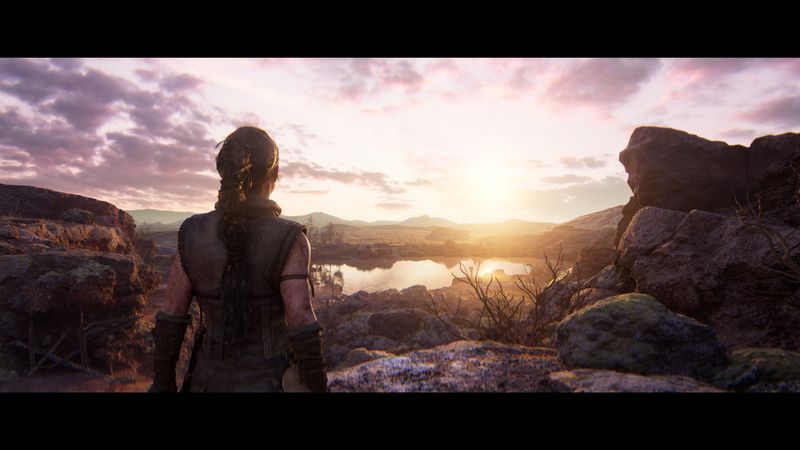
 Moving on to challenge levels—this game is interesting in its balance. While it features moments of visceral combat, it also emphasizes puzzles and exploration. Some players found a few difficulty spikes here and there, but overall, the progression feels smooth and consistent with its narrative-driven design.
Moving on to challenge levels—this game is interesting in its balance. While it features moments of visceral combat, it also emphasizes puzzles and exploration. Some players found a few difficulty spikes here and there, but overall, the progression feels smooth and consistent with its narrative-driven design.
 Yes, the pacing of challenges is one of its strengths. The balance between low-key exploration puzzles and intense combat sequences creates an experience that is challenging but not punishing. It’s clear that Ninja Theory designed these segments to be accessible, so both casual gamers and those who enjoy a harder challenge can find their optimal experience.
Yes, the pacing of challenges is one of its strengths. The balance between low-key exploration puzzles and intense combat sequences creates an experience that is challenging but not punishing. It’s clear that Ninja Theory designed these segments to be accessible, so both casual gamers and those who enjoy a harder challenge can find their optimal experience.
 I agree, though from a competitive gameplay perspective, I’d love a bit more refinement in combat mechanics to elevate the fight sequences. However, considering that the game prioritizes story and atmosphere over arcade-style challenges, I think the difficulty curve is well-measured for its intended audience.
I agree, though from a competitive gameplay perspective, I’d love a bit more refinement in combat mechanics to elevate the fight sequences. However, considering that the game prioritizes story and atmosphere over arcade-style challenges, I think the difficulty curve is well-measured for its intended audience.
 And for replay value, the game’s structure—complete with secret collectibles, unlockable narrative fragments, and subtle branching storylines—encourages multiple playthroughs. While the overall runtime might be shorter than blockbuster open-world titles, the layers of content really add up for those on the hunt for every hidden secret.
And for replay value, the game’s structure—complete with secret collectibles, unlockable narrative fragments, and subtle branching storylines—encourages multiple playthroughs. While the overall runtime might be shorter than blockbuster open-world titles, the layers of content really add up for those on the hunt for every hidden secret.
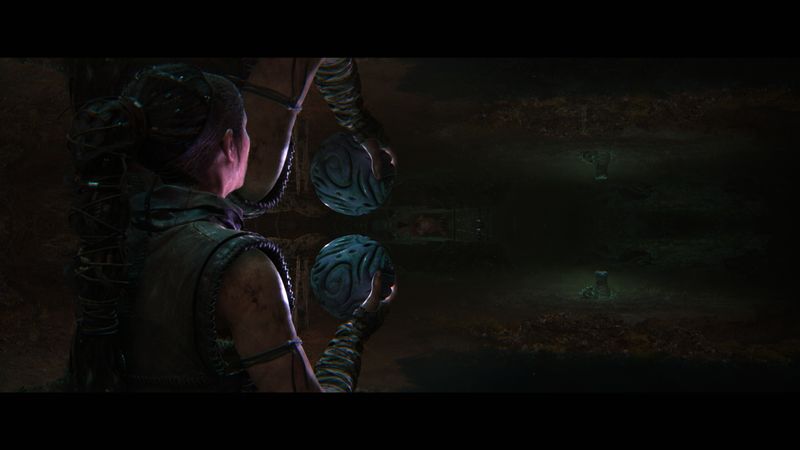
 In wrapping up, Senua’s Saga: Hellblade II stands out for its artistic visual design, engrossing narrative, and innovative, if sometimes minimalistic, gameplay mechanics. Ninja Theory and Xbox Game Studios have crafted an experience that, despite some critiques about its simplicity in interactive elements, pushes players to see gaming as both art and emotionally charged storytelling.
In wrapping up, Senua’s Saga: Hellblade II stands out for its artistic visual design, engrossing narrative, and innovative, if sometimes minimalistic, gameplay mechanics. Ninja Theory and Xbox Game Studios have crafted an experience that, despite some critiques about its simplicity in interactive elements, pushes players to see gaming as both art and emotionally charged storytelling.
 To sum it up, if you love to explore every detail, uncover hidden lore, and appreciate a game that rewards thorough examination, Senua’s Saga: Hellblade II won’t disappoint. It may not be a traditional action-packed game, but its attention to detail and enriching side content make it worth diving into.
To sum it up, if you love to explore every detail, uncover hidden lore, and appreciate a game that rewards thorough examination, Senua’s Saga: Hellblade II won’t disappoint. It may not be a traditional action-packed game, but its attention to detail and enriching side content make it worth diving into.
 For gamers who prioritize deep narrative and character development over fast reflexes, this game is a compelling experience—even if its combat isn’t as refined as other competitive titles. It’s an evolution of what we saw in Hellblade: Senua’s Sacrifice, and it holds true to its roots while exploring new territories.
For gamers who prioritize deep narrative and character development over fast reflexes, this game is a compelling experience—even if its combat isn’t as refined as other competitive titles. It’s an evolution of what we saw in Hellblade: Senua’s Sacrifice, and it holds true to its roots while exploring new territories.
 And while it might not be tailor-made for speedrunning at first glance, the underlying mechanics and environmental cues add enough depth for those of us seeking to master every nuance. The focus on story, visuals, and sound design creates an experience that’s difficult to ignore—even if you’re usually all about clocking your fastest times.
And while it might not be tailor-made for speedrunning at first glance, the underlying mechanics and environmental cues add enough depth for those of us seeking to master every nuance. The focus on story, visuals, and sound design creates an experience that’s difficult to ignore—even if you’re usually all about clocking your fastest times.
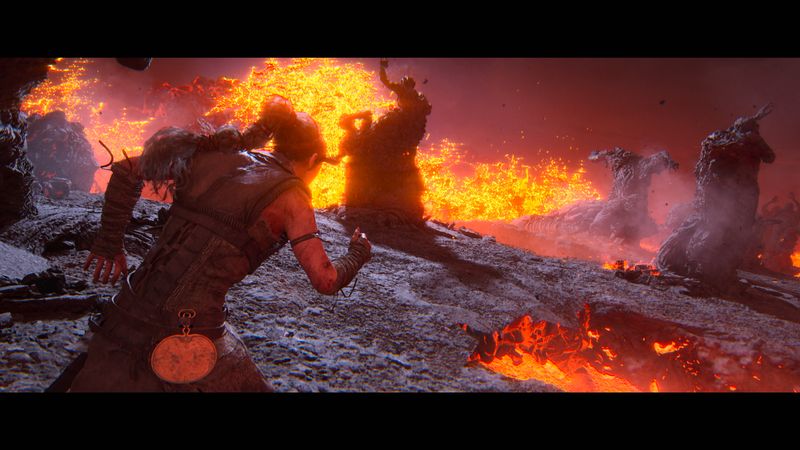
 Before we wrap up, here are a few similar titles that fans of Senua’s Saga: Hellblade II might enjoy. Hellblade: Senua’s Sacrifice offers an original experience that delves deep into a warrior’s struggle with mental health and myth. Meanwhile, Control presents an atmospheric action-adventure that combines a mind-bending narrative with immersive visuals. For those who appreciate masterful storytelling, The Last of Us delivers emotional, memorable moments through a seamless blend of gameplay and narrative. Additionally, God of War provides a reimagined journey through myth and familial bonds, featuring brutal combat alongside a deep narrative. Lastly, Ori and the Blind Forest is a visually stunning and emotionally gripping adventure that challenges players with precision platforming.
Before we wrap up, here are a few similar titles that fans of Senua’s Saga: Hellblade II might enjoy. Hellblade: Senua’s Sacrifice offers an original experience that delves deep into a warrior’s struggle with mental health and myth. Meanwhile, Control presents an atmospheric action-adventure that combines a mind-bending narrative with immersive visuals. For those who appreciate masterful storytelling, The Last of Us delivers emotional, memorable moments through a seamless blend of gameplay and narrative. Additionally, God of War provides a reimagined journey through myth and familial bonds, featuring brutal combat alongside a deep narrative. Lastly, Ori and the Blind Forest is a visually stunning and emotionally gripping adventure that challenges players with precision platforming.
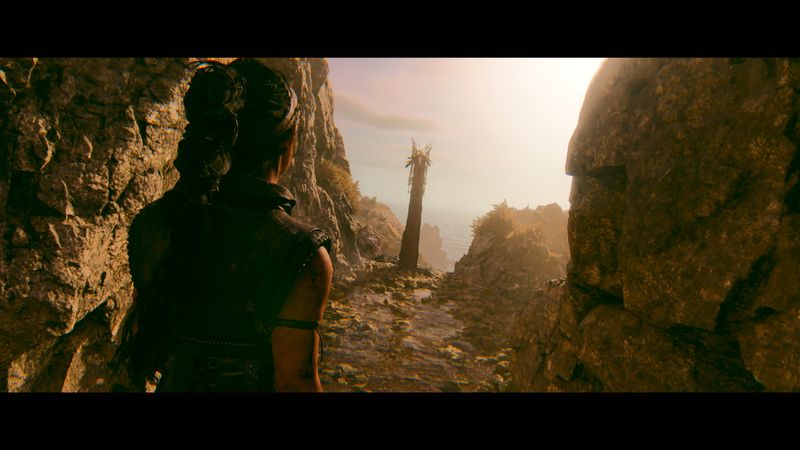
 This has been a fantastic discussion—thanks everyone for your insights. It’s clear that Senua’s Saga: Hellblade II, by pushing boundaries in both storytelling and design, offers something unique for every type of gamer.
This has been a fantastic discussion—thanks everyone for your insights. It’s clear that Senua’s Saga: Hellblade II, by pushing boundaries in both storytelling and design, offers something unique for every type of gamer.

